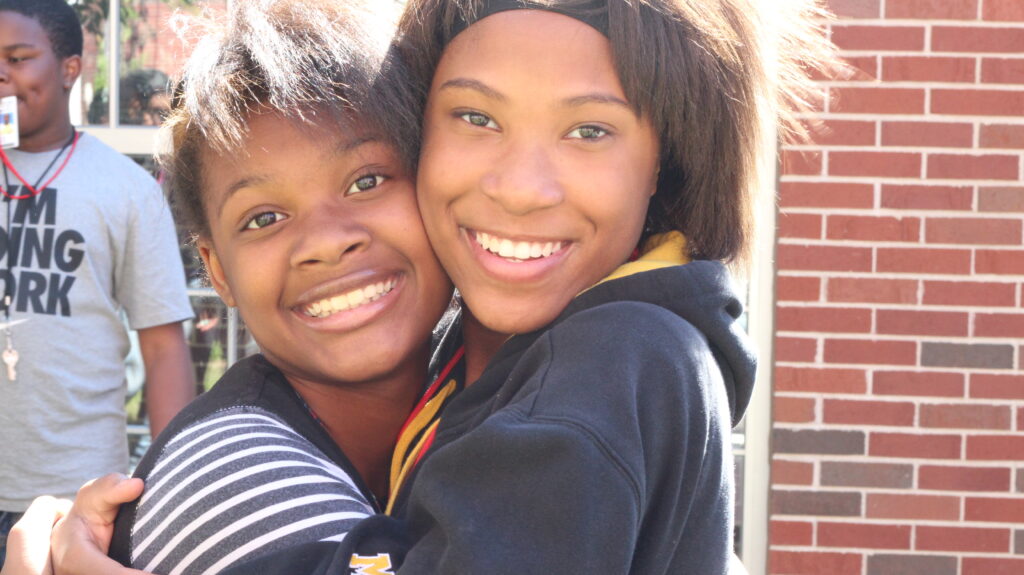Huffington Post
By Vicki Zakrzewski, Ph.D.
Education Director, Greater Good Science Center (GGSC)
Social-emotional learning (SEL) is spreading like wildfire — and not just in the United States. Countries such as the U.K., Singapore, and China are starting to implement SEL in their schools as well.
Why now? Why all of a sudden are schools all over the world taking notice of SEL?
Many reasons exist why a school might adopt SEL, all of which have been validated by research: to increase academic success and, somewhat ironically, to lower the stress-levels of students as they strive towards that success; to prevent negative behaviors such as drug use, violence, and bullying; to equip students with the “soft skills” they will need in today’s work environment; and to promote positive relationships and attitudes about school.
No one would disagree that these are all really great reasons for teaching students social and emotional skills.
Yet a closer examination of the science behind SEL reveals a story of human development that suggests an even deeper reason for implementing it — one that goes beyond teaching these skills solely to remedy our social ills or to enhance academic success. Rather, the science of SEL has the potential to alter how we view ourselves as human beings and hence, our purpose of education.
In his book Born to Be Good, UC Berkeley professor (and GGSC director) Dacher Keltner counters the centuries-old argument that we are hard-wired for selfishness, making us naturally competitive as we strive to satisfy our self-serving desires.
Instead, Keltner makes the case based on research in psychology, sociology, and neuroscience that we are also wired for good. More specifically, he looks at the science of emotions and how positive emotions such as compassion and awe are contagious–and help to bring out the good not only in ourselves, but in others as well. “The origins of human goodness,” writes Keltner, “are rooted in our emotion, and these social instincts may be stronger than those of any other instinct or motive.”
Selected Excerpts:
At the core of SEL is cultivating our self-awareness, which begins with an understanding of emotions. According to leading emotions expert Richard Davidson, our emotions work with our cognition in a seamless and integrated way to help us navigate the classroom, workplace, our relationships, and the decisions we make in life.
SEL can start to shift the tide as fostering social and emotional skills helps to build classroom and school environments that bring out our innate altruism.
Over the last ten years, emotion researchers have found that negative emotions close us off, making us less resilient and unable to relate with and connect to others; whereas positive emotions such as gratitude, tranquility, love, and joy come with a myriad of benefits, including an expansion of our hearts and minds that helps us to see our common humanity.
The goal is to understand how emotions, both negative and positive, impact us. Thus, if we can become aware of our emotions and learn to work with them in a healthy way – to see them as information rather than as overpowering responses that control our actions – then we can choose to respond to situations in a manner that brings out the good in us and in others.
Instead of acting out of fear, hate, and anger, we can take a deep breath and try to empathize with what the other person is feeling or experiencing and then make the choice to respond with care.
As we grow in awareness of our own emotions, we are better able to recognize and understand others’ emotions, which will also help us to express more compassion–one of the more compelling positive emotions and a key outcome of SEL. Scientists have found that when we feel compassion, regions of the brain linked to empathy, caregiving, and feelings of pleasure light up, thus further encouraging us to help others. The boost of positive emotions that comes from acting compassionately motivates us to continue doing so in the future. We also know from research that compassion is contagious: when people see us caring, they want to follow in kind.
What It Means for the Future of Education:
The skills taught through SEL, all of which benefit ourselves and others, ultimately help us to cultivate more positive emotions.
As we begin to know through personal experience how much better it feels to be kind and helpful than to be a “pig pen,” spreading our negativity to those around us, we will begin to shift how we view ourselves as human beings.
This is when we will begin to see a paradigm shift in the purpose of education. Education can be seen as a tool to serve the greater good. Our educational practices and environments will shift towards nurturing the long-term well-being and happiness of students who, through their own experience of being cared for, will naturally care for those around them. And students who understand how to care for themselves and others will be better equipped to care for the world.
It may seem like a cliché, but science is proving Gandhi right: “We must be the change we wish to see in the world.” This deeper scientific understanding of who we are as human beings shows us that at our core, we have tremendous capacity for goodness. But it’s up to our schools, our families, our workplaces, our communities, and each individual to act upon that capacity–a beautiful possibility, indeed.
Read The Huffington Post article in its entirety here.


